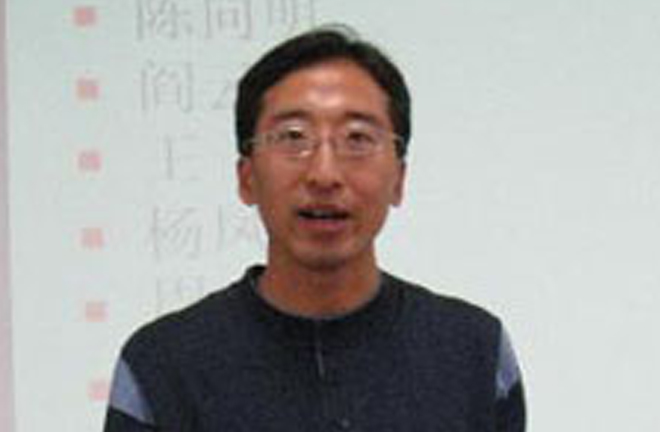JIAO RUOSHUI: Innovation should drive national development strategy
 The Chinese government pledged to boost innovation nationwide and carry out innovation in theory, institutions, technology and culture. But currently, people are not clear about the real significance of innovation. They still have yet to comprehend its core position within the overall strategy for national development.
The Chinese government pledged to boost innovation nationwide and carry out innovation in theory, institutions, technology and culture. But currently, people are not clear about the real significance of innovation. They still have yet to comprehend its core position within the overall strategy for national development.
Human capital is now gaining unprecedented importance, and innovation seems to be the essential trait of business elites. This is a narrow understanding of innovation. In fact, the nature of innovation is to creatively break up existing production factors and form new combinations.
Therefore, innovation pertains to at least five areas: product, technology, market, resource allocation and organization. Each link can serve as an engine for innovation.
In a broad sense, everyone as well as every reform or progress in society can be a source of innovation. Therefore, one thing worth pondering when implementing an innovation-driven development strategy is how to create an innovation-friendly environment and foster an innovative class while encouraging enterprises to innovate through tax relief policies.
One vital aspect is to form a good social mentality that respects the innovative spirit and is tolerant of failure. Only in this way can systematic innovation and development be realized.
Varied in national conditions, countries have different innovation paths. In a globalized era, the United States has won relatively high discourse dominance around the world by taking advantage of the development of high-end technologies, and established its supremacy in the global innovation system based on its IPR system. Japan likewise promoted its sustainable development of high-tech industries and high-end equipment manufacturing through improving production delicacy.
For Chinese enterprises, one commonality is that they take advantage of the huge domestic market and realize innovation of the whole system. This mode not only results in good market returns but also changes the industrial system and the global market. It is important to learn from other countries, but it is not wise to blindly copy or imitate, because that can easily lead to an awkward position.
The right path is to rely on the China’s huge domestic market, promote industrial reform and upgrade through innovation to create an innovation system and discourse led by China. Also, we should enhance the credibility of Chinese standards to raise them to the world level so that the path of mass entrepreneurship and innovation can go on a steady course and further.
Innovation has various forms, so China needs to carry out various innovation strategies accordingly. In addition to learning from other countries and trying to catch up, China now also needs to strive to take the lead in world innovation. And this is practicable because the national development offers golden opportunities. In addition to the potential for untapped domestic market demand to boost economic growth and innovation, there are two other opportunities.
For one, the “Belt and Road” initiative has been welcomed by many developing countries, while some excess production capacity as well traditional industries needing transformation and upgrading can facilitate infrastructure building in these countries. A rational industrial pattern and mechanisms should be built to connect these industries and capacity with other regions so that Chinese manufacturing can be fully utilized.
Also, China is home to a large number of excellent research personnel and the world’s largest commodity market. The policy and market environment should be optimized to motivate the joint efforts of business incubators, research platforms, risk investment, market intermediaries, legal service, and logistics and other industrial links and areas to make innovation central to overall national development.
Jiao Ruoshui is from the Philosophy and Sociology School at Lanzhou University in Ganshu Province.
